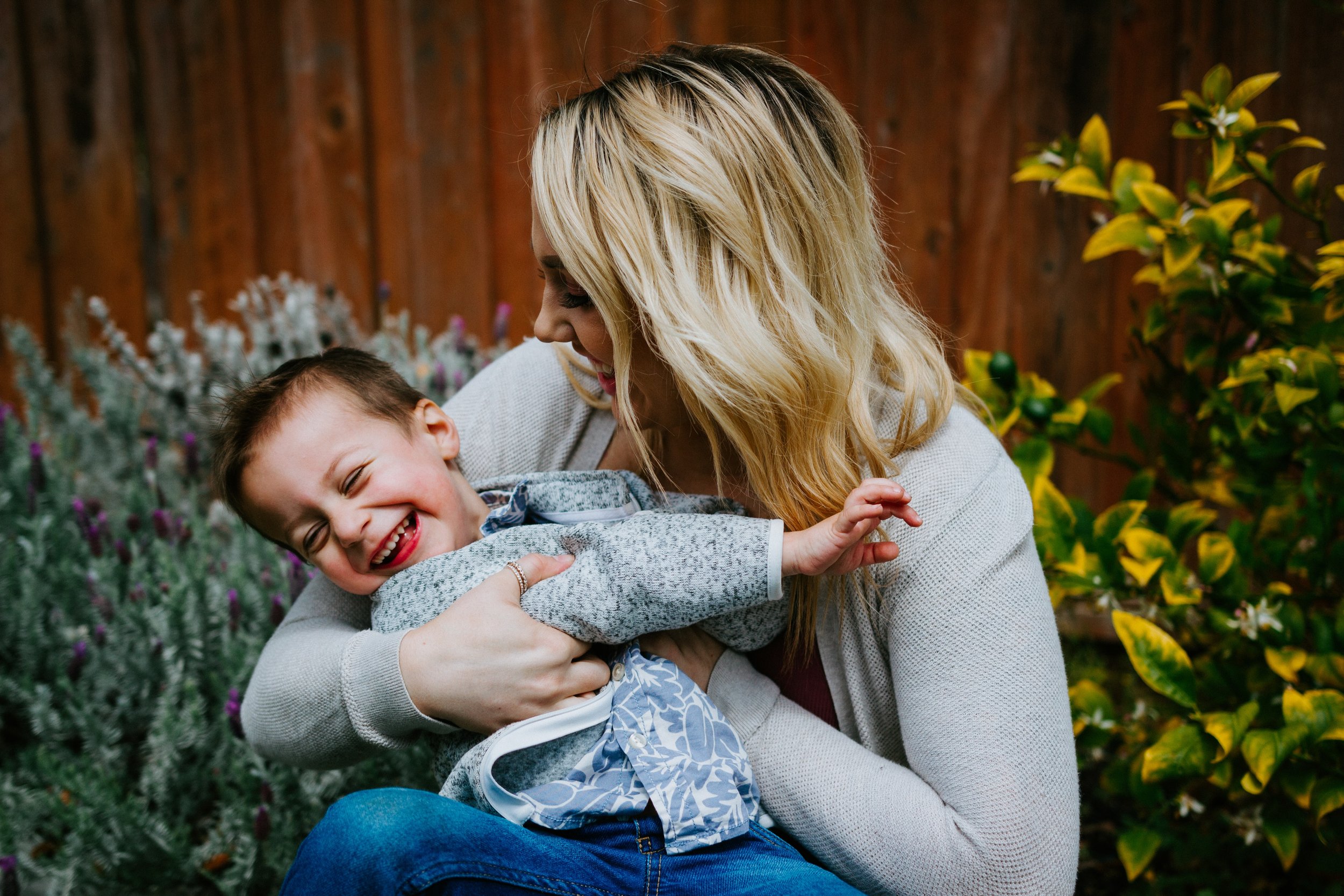What are attachment styles?
Last month, we talked about what parents should know about attachment styles. If you missed it, the basics are this:
There is something called Attachment Theory, put forth by psychoanalyst John Bowlby
This theory says that our early relationships (with our parents and other caregivers) determine the ways we’re able to relate to and connect with other people throughout our lives
There are four main attachment styles (anxious or preoccupied, avoidant or dismissive, disorganized or fearful-avoidant, and Secure) which you can read about in more detail here
The foundational figures in our life teach us–through their words and behaviors–how we’re expected to act in relationships with others, or what behaviors are safe to exhibit within our relationships with others
While there are four main styles of attachment, three of them are what we would call “insecure” attachments. Insecure attachments can make it difficult to connect with others emotionally, to trust others with your emotions or vulnerability, and can prevent the cultivation of intentional intimacy within relationships.
What is a secure attachment style?
People with a secure attachment style, on the other hand, have a better understanding of what they’re feeling and how to express it. When you’re securely attached it is easier to express a need to others without fear that you will be punished in some way for it. Securely attached adults are able to be intimate with their partners, without being obstructed by fear of vulnerability, and are simultaneously secure enough in their connections that they don’t need to be assured of their value or others' love for them constantly.
Building secure attachment with your child:
So, if you want your child to grow up securely attached, how do you help them build that attachment style? Well, our attachment styles develop in childhood depending on the role we have with our primary caregivers. Developing a secure attachment style happens when parents or caregivers are both in tune with and responsive to the needs of their children. It also requires having parents who are emotionally available, and who have learned healthy ways to regulate their own emotions–both so that they can help teach those to their children, and so they can avoid projecting unrelated emotional reactions onto the child.
According to attachment theory, to develop a secure attachment style your child needs:
Proximity maintenance: the relationship created between you and your child should be such that they enjoy being near you and desire to spend time with you
To view the parent/caregiver as a safe haven: the parent or caregiver should be someone the child naturally wants to turn to for help or support or care in times of distress
A parent or caregiver who functions as a secure base: is your child safe to go out and explore the world and new environments, experiences and situations, knowing they can come back to you for safety and security if things don’t work out?
Distress at separation: you don’t want your child to be unable to be separated from you, but manageable sadness/upset at being separated from loved ones, parents, caregivers, etc. is a sign that those bonds are meaningful and secure.
These are the main pillars in establishing a secure attachment style with your child. A few more specific tips include:
Learn & notice your child’s emotional cues: this starts in infanthood! How does your baby communicate with you? While there are general ideas about what crying and fussing mean, it’s important to learn the cues your baby is giving you, and to continue to update that knowledge as they grow and learn knew ways to express what they’re feeling
Respond, don’t react to your child’s feelings: this requires your own ability to regulate your emotions, so if that’s something you have trouble with, try to make it a goal to work on it!
Notice how you respond to your own emotions: what is that communicating to your child about whether or not it’s okay to express their feelings, needs or ask for help?
Note separation from your child mindfully: when you pick them up from school or get home from grocery shopping, can you smile and tell them you missed them? Or mention a moment throughout your time apart where you happily thought of them?
Apologize when you’ve made a mistake: many parents believe that their children want them to be perfect, but what they really want them to be is safe. If you can be honest with your child and apologize when you’ve done something wrong or hurt them in some way, you’re showing them that you are trustworthy because you will take accountability for your actions. It also teaches them that apologizing is a good and natural part of all relationships–something to be practiced rather than avoided.
Remember, it’s also not about being perfect. No parent is ever going to be perfect! But your child will see the difference if you are mindfully trying to pay attention and respond to how they’re feeling, and if you make the effort to be a safe place for them to turn to in times of trouble. You might not get it right every time, but creating an environment where these things are prioritized is enough to help your child develop secure attachments.
Working with a therapist can help you identify your attachment style, what helped it form, and how you can heal it moving forward. They can also help you as you keep those questions in mind as you help your child develop their own attachment style.

